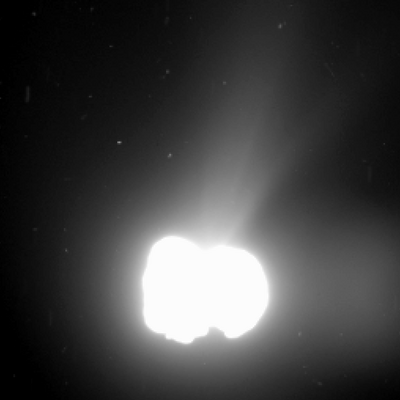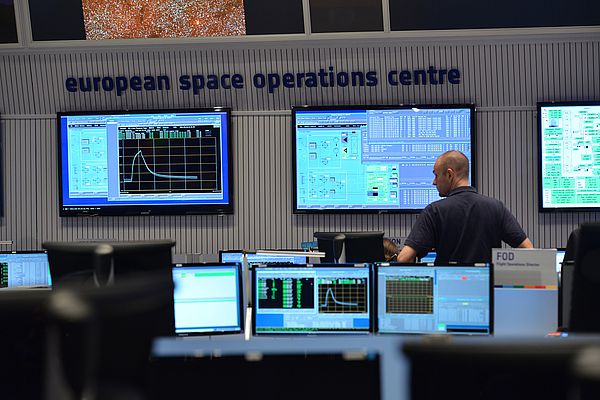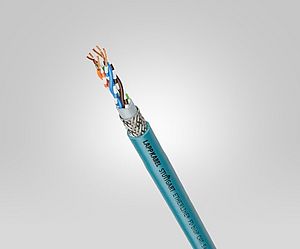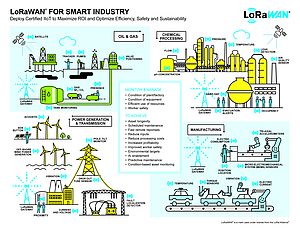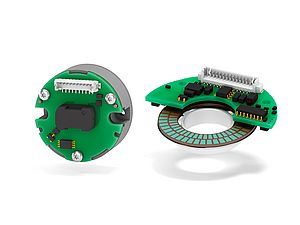The spacecraft Rosetta, launched by the European Space Agency (ESA), has become the first spacecraft to rendezvous with a comet, after a decade-long journey chasing its target. This opens a new chapter in Solar System exploration. Comet 67P/Churyumov-Gerasimenko and Rosetta now lie 405 million kilometres from Earth, about half way between the orbits of Jupiter and Mars, rushing towards the inner Solar System at nearly 55 000 kilometres per hour.
The comet is in an elliptical 6.5-year orbit that takes it from beyond Jupiter at its furthest point, to between the orbits of Mars and Earth at its closest to the Sun. Rosetta will accompany it for over a year as they swing around the Sun and back out towards Jupiter again. "After ten years, five months and four days travelling towards our destination, looping around the Sun five times and clocking up 6.4 billion kilometres, we are delighted to announce finally 'we are here'," says Jean-Jacques Dordain, ESA's Director General.
The Rosetta design is based on a box-type central structure, 2.8 m × 2.1 m × 2.0 m, on which all subsystems and payload equipment are mounted. Two solar panels, with a combined area of 64 m², stretch out to 14 m in length. The total span from tip to tip is 32 m. The Philae lander is attached to the spacecraft side opposite to the side that carries the 2.2m diameter steerable high-gain antenna. The solar cells in Rosetta's solar panels are based on a completely new technology, so-called Low Intensity Low Temperature (LILT) cells. Thanks to them, Rosetta is the first space mission to journey beyond the main asteroid belt relying solely on solar cells for power generation. Previous deep-space missions used nuclear RTGs (Radio isotope thermal generators). The new solar cells allow Rosetta to operate over 800 million kilometres from the Sun, where levels of sunlight are only 4% those on Earth. The technology will be available for future deep-space flights, such as ESA's upcoming Jupiter Icy Moons Explorer.
Today, Rosetta is just 100 km from the comet's surface, but it will edge closer still. Over the next six weeks, it will describe two triangular-shaped trajectories in front of the comet, first at a distance of 100 km and then at 50 km. At the same time, more of the suite of instruments will provide a detailed scientific study of the comet, scrutinising the surface for a target site for the Philae lander. Eventually, Rosetta will attempt a close, near-circular orbit at 30 km and, depending on the activity of the comet, perhaps come even closer. "Arriving at the comet is really only just the beginning of an even bigger adventure, with greater challenges still to come as we learn how to operate in this unchartered environment, start to orbit and, eventually, land," says Sylvain Lodiot, ESA's Rosetta spacecraft operations manager.
Source: European Space Agency


